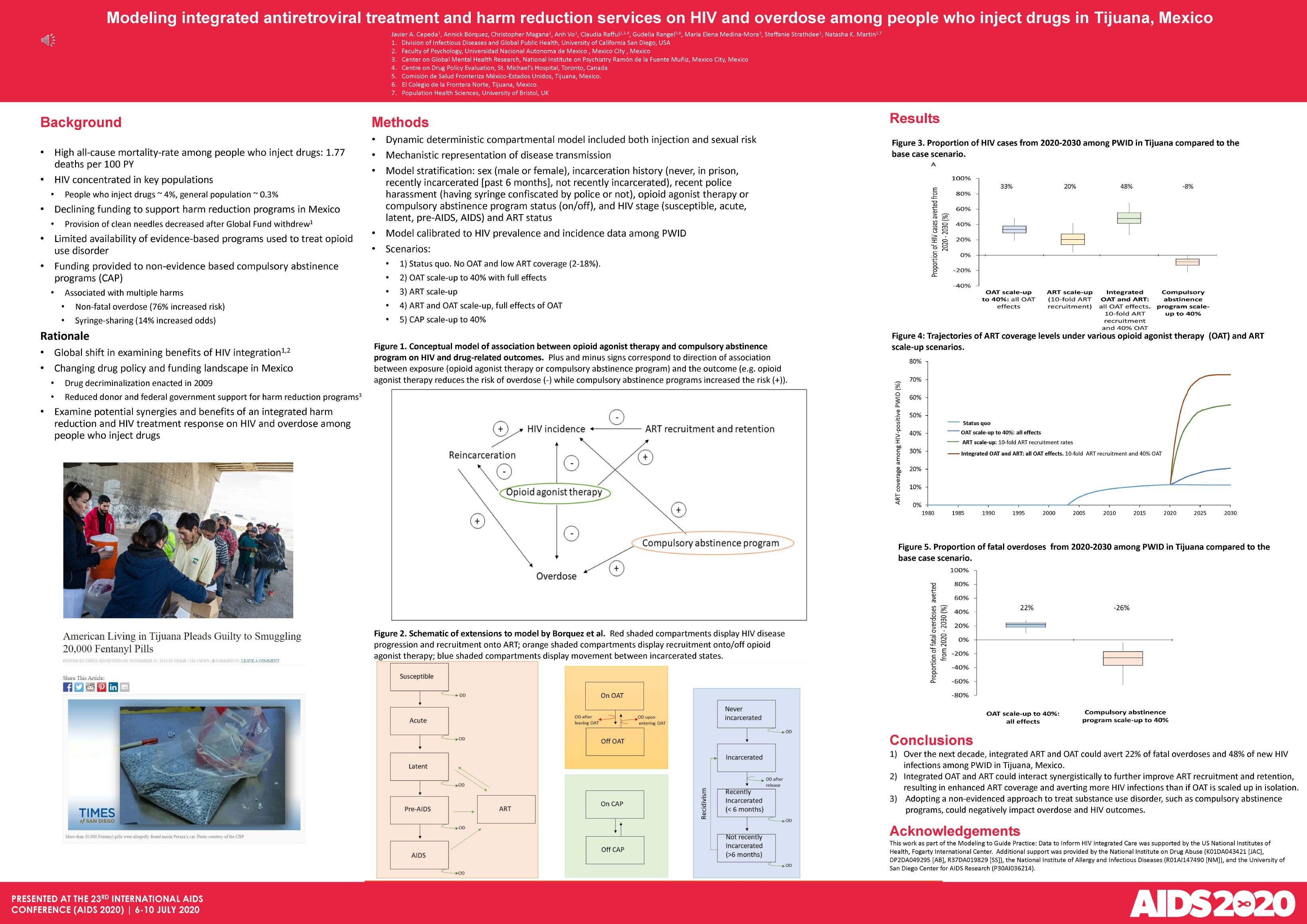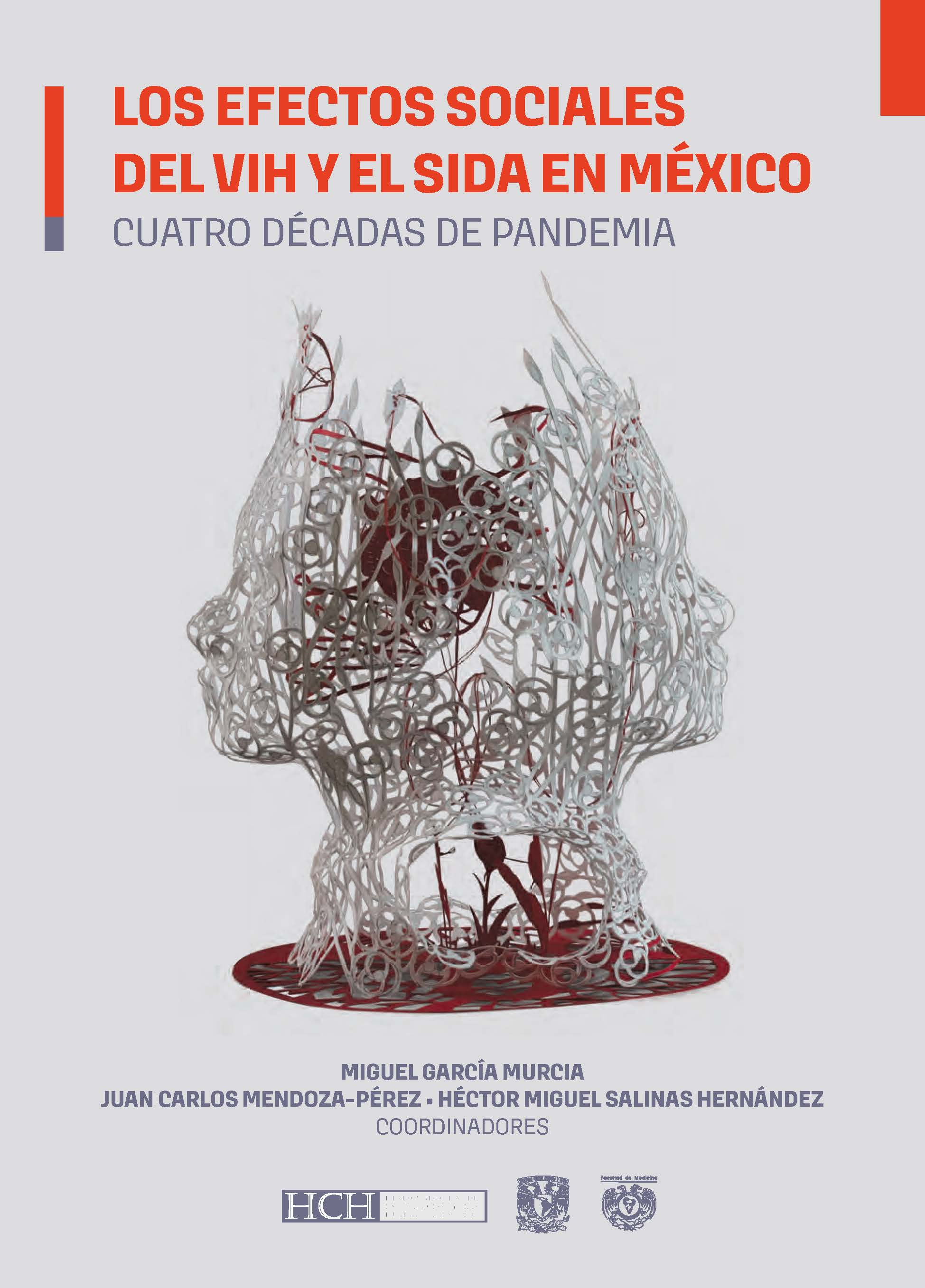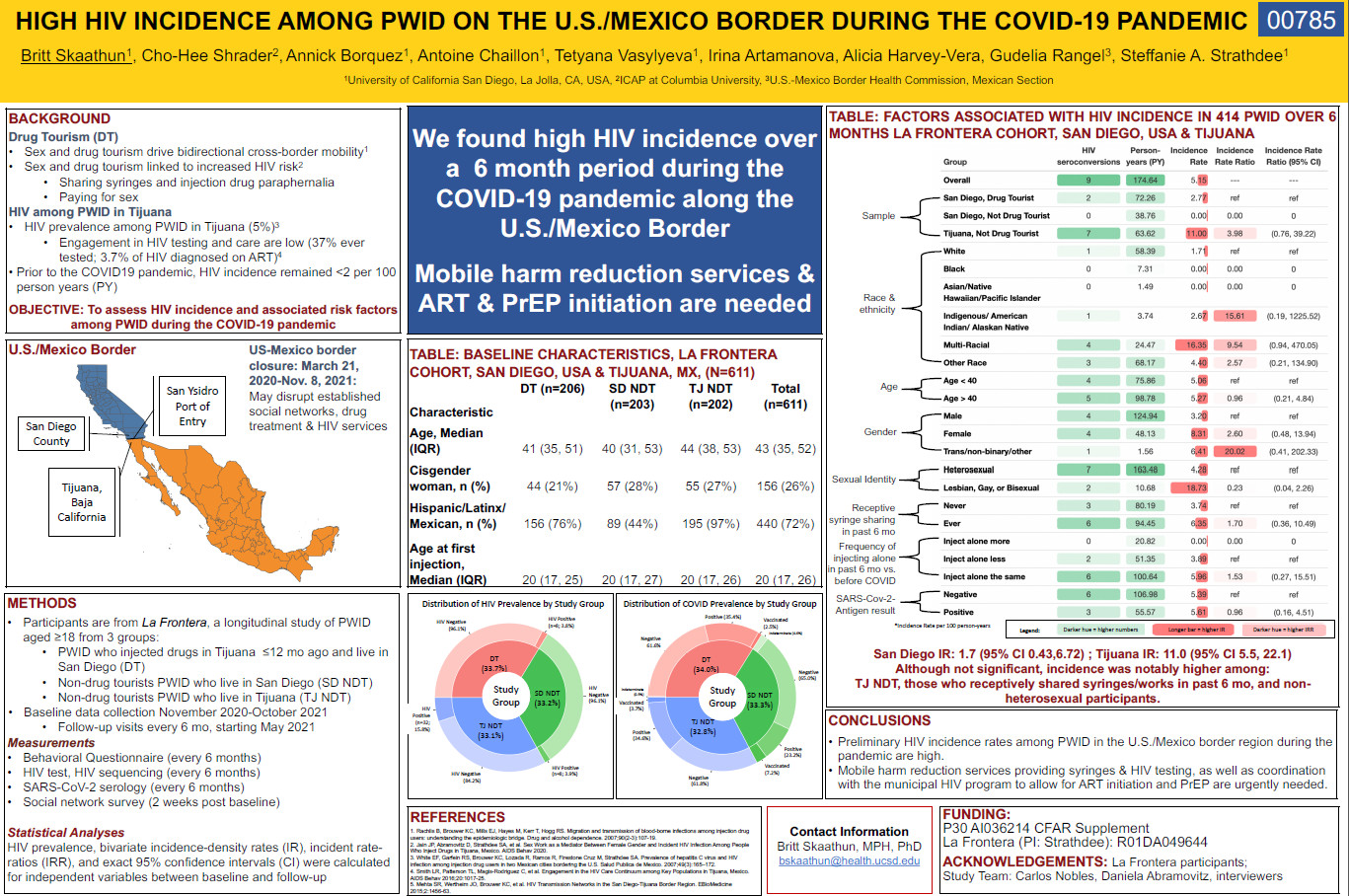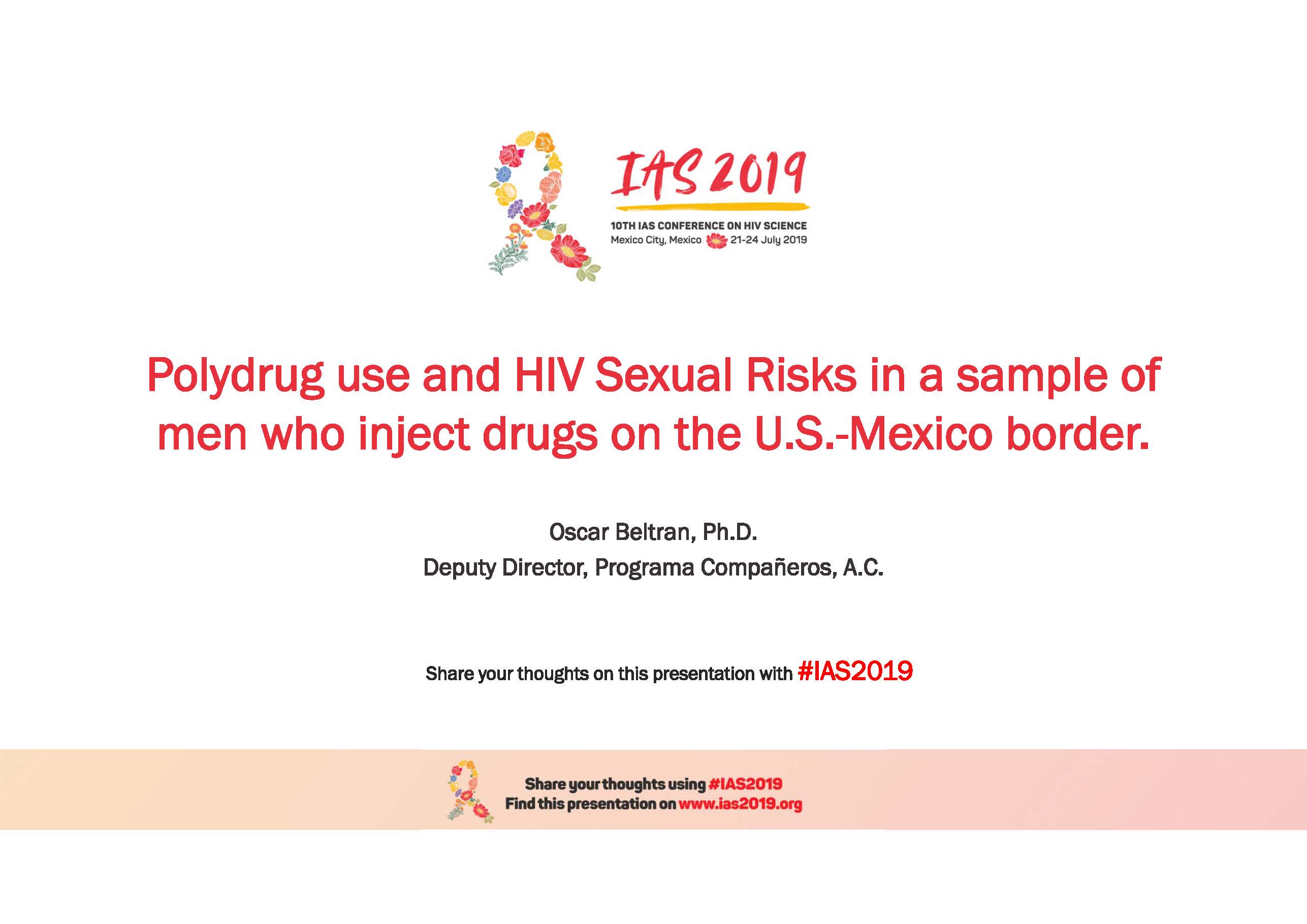Resum
BACKGROUND: The HIV epidemic in Tijuana, Mexico is concentrated in key populations, including people who inject drugs (PWID). Mexico's drug law reform included referral to drug treatment, yet funding was provided for non-evidence based compulsory abstinence programs (CAP) associated with elevated HIV and overdose risk. However, evidence-based opioid agonist therapy (OAT) reduces overdose, HIV transmission, and reincarceration, while improving antiretroviral therapy (ART) outcomes. We assessed the potential impact of scaled-up integrated ART and drug treatment (OAT or CAP) on HIV and fatal overdose among PWID in Tijuana. METHODS: We developed a dynamic model of HIV transmission, incarceration, and fatal overdose among PWID in Tijuana. We incorporated synergistic benefits of OAT on reducing injecting-related HIV transmission, increased ART recruitment and retention, reducing reincarceration, and averting fatal overdose. We also modeled harms associated with CAP on HIV and overdose. We assessed HIV incidence and fatal overdose over the next decade with the following scenarios: 1) status quo (10% ART among HIV-positive PWID and no drug treatment), 2) OAT scale-up to 40%, 3) ART scale-up (10-fold recruitment) among HIV-positive PWID, 4) scale-up OAT to 40% and ART (10-fold recruitment), 5) scale-up CAP to 40% (no ART scale-up). RESULTS: OAT scale-up to 40% coverage could avert 33% (95%CI: 19'47%) and 22% (95%CI: 11-28%) new HIV infections and fatal overdoses, respectively, over the next decade. Due to low ART coverage, OAT had marginal impact on averting HIV through its effect on ART recruitment/retention. However, integrating OAT and ART scale-up resulted in synergistic benefits, with the OAT effect on ART recruitment/retention averting 10% more new infections compared to ART scale-up alone. Scaling-up OAT and ART could avert 49% (95%CI: 28-67%) of new HIV infections and one-fifth of fatal overdoses over the next decade. Conversely, scaling-up CAP could increase HIV and overdoses.
CONCLUSIONS: : Integrating ART with OAT scale-up could provide synergistic benefits on ART recruitment/retention, and prevent new HIV infections and fatal overdoses among PWID in Tijuana. Conversely, non-evidence based CAP could lead to major harms. Policymakers should consider the synergistic and multiple benefits of integrated OAT and HIV services on HIV and overdose among PWID.






